Impact of the Surface Planarity of the Shelf on Freeze-Drying Process
News & Insights2024-08-29
Shelf is one of the critical parts of the freeze-drying system. During the complete freeze-drying cycle, cooling and heating of the product are both conducted through the shelves. No matter for vial or bulk freeze drying, the surface planarity of the shelf has certain impact on the freeze-drying process.
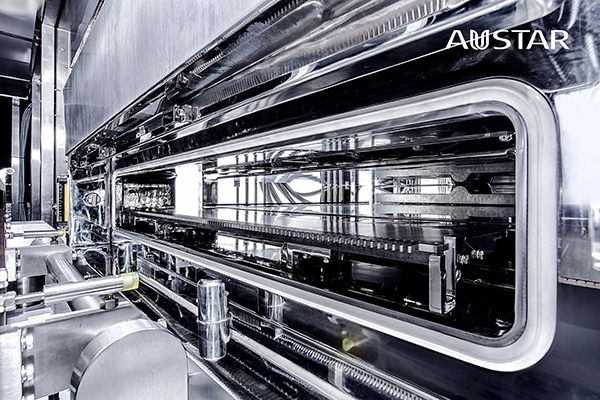
1. The main courses of the non-planarity of the shelves' surface
Assuming there is no quality issue with the stainless steel for the shelves, the main factor that results in the non-planarity is the welding process. The main reasons are (1) the stress generated during welding and (2) poor resistance against the thermal fatigue.
Among all the welding techniques, plug welding (Figure 1) is widely used, particularly for equipment, because of the simple processing and, therefore, lower cost. However, plug welding could generate considerable stress. During the long-term use, the stress will be released, which could result in deformation of the shelves, even leak at the welding point.
The leak at the welding point could be prevented by utilizing another more complex welding technique, vacuum brazing (Figure 2). However, since the difference between the thermal expansion coefficient of solder and stainless steel is rather large, the thermal fatigue of the shelves welded via vacuum brazing could be poor. During freeze drying process, the shelves are cooled down to -40°C and heated to 40°C, even to 120°C if sterilization in place is equipped. Undergoing such large temperature change repeatedly, there is a high chance that the solder layer will crack and bulge after using for several years.
The third welding technique is capacitor discharge resistance welding (Figure 3). This welding technique is relative complex and has high requirements on the welding equipment. However, with this technique, the welding result is difficult to check. Therefore, there is a high risk of welding defect.
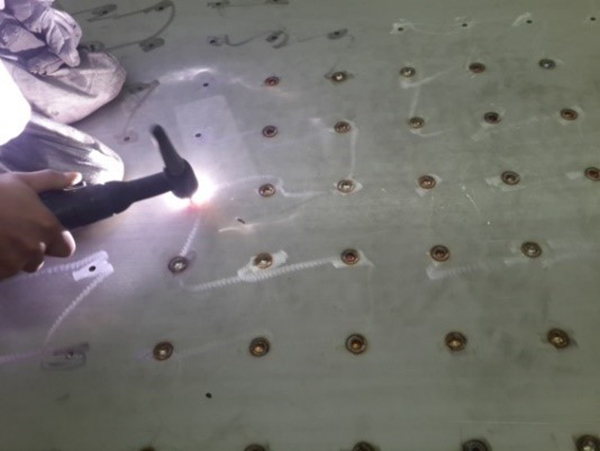
Figure 1: Plug welding

Figure 2: Vacuum brazing
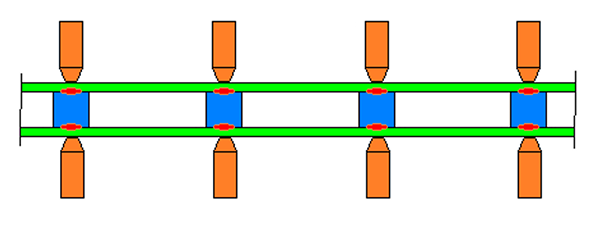
Figure 3: Capacitor discharge resistance welding
2. Impact of surface planarity on freeze drying process
2.1 Bulk freeze drying
If the surface planarity of the shelves is poor, the impact on bulk freeze drying is higher compared to that on vial freeze drying.
During primary drying and secondary drying, there are three pathways for heat transferred from shelf to the product: direct contact, gas convection and radiation. Since there is gap between the vial bottom and shelf when the vial is sitting on the shelf, gas convection is the main heat transfer pathway for the vial freeze drying. For bulk freeze drying, the main heat transfer pathway is direct contact if the bottom of the tray and surface of the shelf are perfectly even. However, if the surface of the shelf is not even as shown in Figure 4, the heat transfer pathway will be changed from direct contact to direct contact along with gas convection, which will result in decrease in heat transfer coefficient of the tray. As illustrated in Figure 5, with increasing distance between tray and shelf, S, the heat transfer coefficient, α, decreases dramatically. Assuming the chamber pressure of a certain freeze-drying process is 0.27 mbar, the heat transfer coefficient at S=0 mm, 0.5 mm, 1.0 mm and 2.0 mm can be calculated with the data in previous study. Figure 6 indicates that as S increases to 1 mm, the heat transfer coefficient is lower than 50% of that when S=0.
One consequence of the decrease in heat transfer coefficient is extension of the primary drying time. It should be noted that the value of heat transfer coefficient at S=0.5 mm, 1.0 mm and 2.0 mm calculated in Figure 6 is under the assumption that the tray bottom has completely no contact with the shelf, which obviously will not happen in the reality. In order to run the calculation under condition, which is closer to the real world, we assume there is 30% area of the tray bottom has no contact with the shelf surface and the primary drying condition is: (1) shelf temperature=0°C, (2) chamber pressure=0.27 mbar, (3) total solid content=2%, (4) primary drying time=135 hours. Figure 7 shows the results calculated by using mathematic modelling, compared to S=0 mm, as the distance between tray bottom to shelf surface increases to 0.5 mm, 1.0 mm and 2.0 mm, the primary drying time extends 11%, 15% and 33%, respectively. The increase in primary drying time could result in higher production cost. Moreover, if there is no proper method to determine the end point of the primary drying, the increase in primary drying time could also result in product melt-back and rejection of the whole batch, if the decrease in primary drying rate is neglected.
2.2 Vial freeze drying
In vial freeze drying, the vials sit on the shelf individually, therefore, the surface non-planarity of the shelf has less impact of the heat transfer compared to bulk freeze drying. However, if the issue of the surface non-planarity is severe, vials could be tipped over during the loading and unloading.
3. Summary
Shelf is one of the most important parts of the freeze dryer, its surface planarity has direct impact on the freeze-drying process and product quality, even a variation with millimeter could cause serious issues. Therefore, it is essential to choose a proper welding technique for the finishing of the shelves.

Figure 4: Tray on a non-even shelf
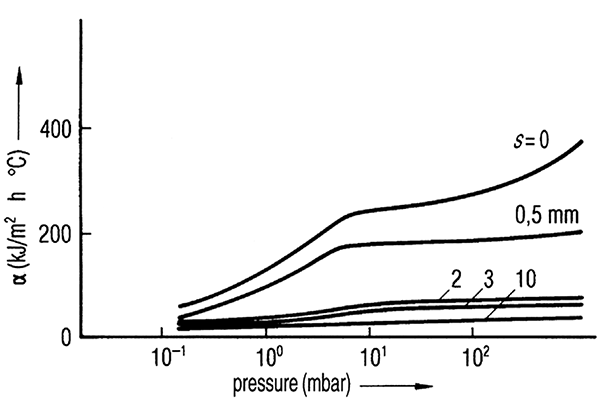
Figure 5: Impact of distance between the tray bottom and shelf surface (s) and pressure on heat transfer coefficient (α)1
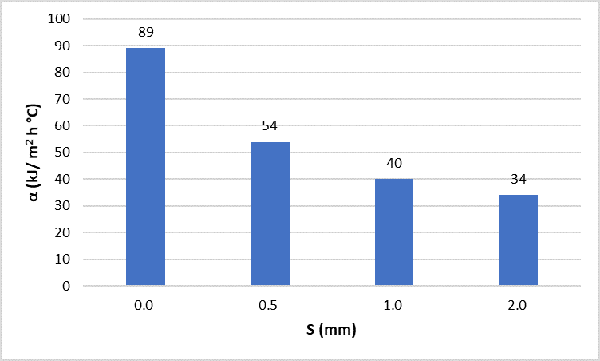
Figure 6: Impact of distance between the tray bottom and shelf surface (s) on heat transfer coefficient (α)

Figure 7: Impact of distance between the tray bottom and shelf surface (s) on heat transfer coefficient (α) and primary drying time
Reference
1. Oetjen, G.W. and Eilenberg, H.J. (1969) Heat transfer during freeze-drying with moved particles. International Institute of Refrigeration (Comm. X, Lausanne), pp. 19–35.
2. Haseley, P. and Oetjen, G. (2018). Foundations and Process Engineering. In Freeze‐Drying (eds P. Haseley and G. Oetjen). https://doi.org/10.1002/9783527808946.ch1







 Search
Search 中文
中文













